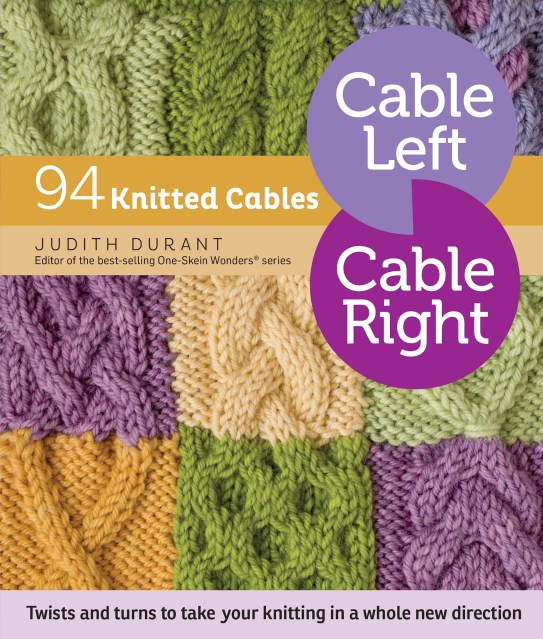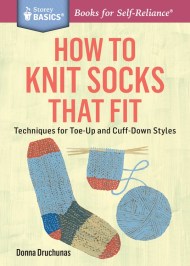Promotion
Use code MOM24 for 20% off site wide + free shipping over $45
Cable Left, Cable Right
94 Knitted Cables
Contributors
Formats and Prices
Price
$11.99Price
$15.99 CADFormat
Format:
- ebook $11.99 $15.99 CAD
- Spiral bound $16.99 $22.99 CAD
This item is a preorder. Your payment method will be charged immediately, and the product is expected to ship on or around May 31, 2016. This date is subject to change due to shipping delays beyond our control.
Also available from:
Knitted cables, with their three-dimensional twists and turns, are a common element in lots of patterns — but most patterns don’t include directions for executing them. Cable Left, Cable Right, by expert knitter Judith Durant, eliminates the mystery with detailed, in-depth instructions for creating 94 different styles of cable, from perfectly plain to fantastically fancy. Close-up photos and clear instructions teach you the techniques you need, including design options like braids, diamonds, and pretzels so you can make your cables truly one-of-a-kind. This book is the perfect companion to any knitting pattern featuring cables, giving you the information and skills to make polished, beautiful, and unique cables for any project.
Genre:
-
"Judith Durant has done it again! This is a reference gem that every knitter — from hobbyist to designer — will want. It educates on cable construction and methods and inspires you to knit yourself down a windy, cabled project road."
— Vickie Howell, TV host and yarn arts designer and ambassador
- On Sale
- May 31, 2016
- Page Count
- 224 pages
- Publisher
- Storey
- ISBN-13
- 9781612125176
Newsletter Signup
By clicking ‘Sign Up,’ I acknowledge that I have read and agree to Hachette Book Group’s Privacy Policy and Terms of Use







